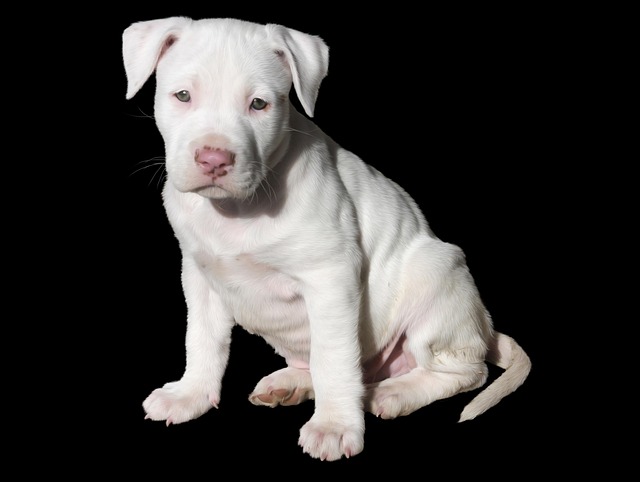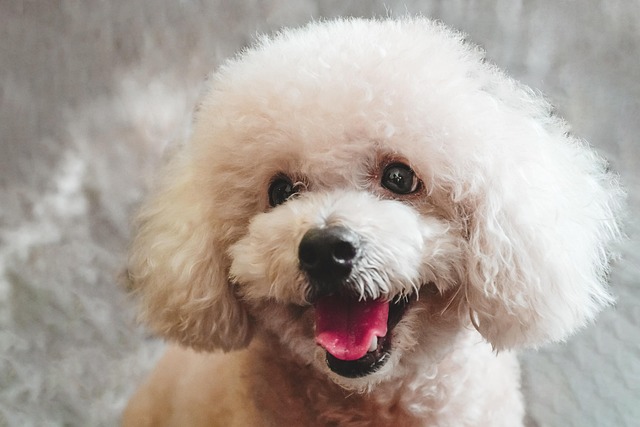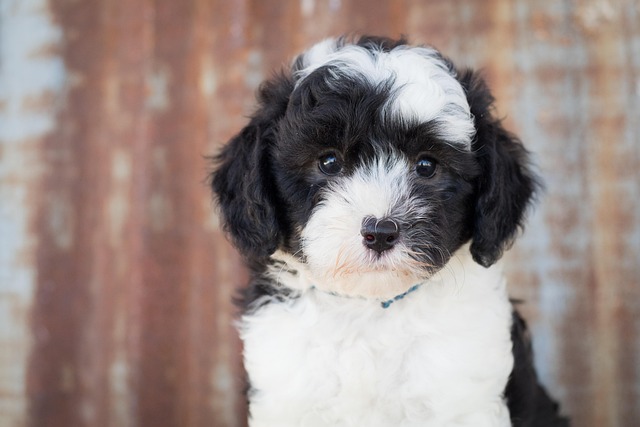
What is the number one cause of dog allergies
Imagine you’re in your Chicago apartment, sitting on the floor with your 9-month-old Golden Retriever, Max. He’s been licking his paws so much they’re red, and when you brush his belly
The moment you close the door, what follows isn’t just whimpering—it’s heart-wrenching howls. When you return home, you don’t just find an overturned trash can, but bloodied paws and a chewed-through wooden door. This isn’t mere "misbehavior"; it’s a desperate cry for help from severe separation anxiety. Ordinary methods often fall short for dogs like these—they need more professional, systematic support. This isn’t simple behavior correction; it’s psychological healing to rebuild their sense of security.
Dogs with severe separation anxiety often exhibit extreme behaviors: hours of nonstop barking until their vocal cords give out, frantic scratching at doors and windows until their nails break, or even self-mutilation that leaves deep wounds. They aren’t being "disobedient"—they’re experiencing a genuine psychological crisis. These symptoms usually stem from profound trauma: being separated from their mother too early, frequent rehoming, or prolonged isolation in their past. Their nervous systems remain stuck in hyper-alertness, much like humans with PTSD, requiring specialized intervention.
Rebuilding security starts with modifying their environment. For these dogs, the home itself becomes a trigger zone of impending abandonment. Rearranging living spaces is crucial: create multiple resting areas (avoiding sole reliance on spots near the door), use baby gates to limit access (rather than total confinement), and apply frosted window films to reduce external stimuli. Most importantly, establish a "safe den"—a crate or small room with soft bedding and three enclosed sides. This should become a voluntary refuge, not a forced prison. Build positive associations here through feeding, playtime, and special treats, letting the dog discover its value independently.
Gradual desensitization requires meticulous step-by-step breakdowns. Start with simple preparatory actions—picking up keys without heading to the door, sitting down to watch TV. Only advance to standing by the door (without touching the handle) once the dog shows no reaction. Each step may need dozens of repetitions until the dog remains fully relaxed. Actual separation begins in seconds: shut the door and immediately reopen it, progressively extending to 5 seconds, 10 seconds, 30 seconds... The key is ending the exercise while the dog is still calm. A camera for close monitoring is essential, as many dogs display anxiety only minutes after their owner’s departure. Document each session’s duration and the dog’s state—this data-driven tracking tailors the optimal progression plan.

For severe cases, medication isn’t optional—it’s necessary. Just as humans with major depression need biochemical support, dogs with acute separation anxiety require pharmacological intervention to benefit from behavioral training. Veterinarians may prescribe SSRIs like fluoxetine, which take 4–6 weeks to show effects but fundamentally recalibrate brain chemistry. Fast-acting anxiolytics like trazodone can address acute episodes. Dismiss the myth of "dependency"—when used correctly, these drugs are bridges to neurological recovery, not lifelong crutches. With regular bloodwork, most dogs can taper off after behavioral improvements.
A combination of tools can work wonders. Pheromone diffusers (mimicking maternal calming signals), pressure vests (providing gentle deep-pressure stimulation), and smart treat dispensers (remotely activated) create a multi-layered soothing network. "Cognitive enrichment" strategies are particularly effective: before leaving, set up puzzle feeders with hidden snacks in sniffing mats or interactive toys requiring problem-solving. Mental engagement naturally reduces anxiety. Some owners successfully train their dogs to watch specially designed calming videos (featuring nature scenes or animal footage) during alone time—visual stimuli can divert attention.
Holistic daily adjustments matter. Predictable routines (fixed walk/meal/play times) provide stability, but avoid rigid patterns that breed new compulsions. Hydrotherapy (swimming) and weighted walks (with properly fitted vests) significantly lower anxiety by combining energy expenditure with deep-pressure input. Diet-wise, tryptophan-rich foods (e.g., turkey, pumpkin) aid serotonin production, supplemented with vet-approved anti-anxiety nutraceuticals if needed.
At the end of this long journey, you won’t find a "perfectly obedient" dog—but a life that has reclaimed inner peace. The day you come home to see your dog glance up lazily from a nap and wag its tail, you’ll recognize this "indifference" as the rarest gift: it has learned to exist contentedly without you. That confidence is the deepest love you could give. Treating severe separation anxiety doesn’t just modify behavior—it rewires a dog’s worldview: from fearing "separation as loss" to trusting "parting precedes reunion." This foundational restoration of security may be the greatest gift we can offer our animal companions.

Imagine you’re in your Chicago apartment, sitting on the floor with your 9-month-old Golden Retriever, Max. He’s been licking his paws so much they’re red, and when you brush his belly

Imagine you’re in your Chicago apartment, sitting on the floor with your 10-month-old Poodle, Luna, after a walk. You run your fingers through her fur and freeze

Hip dysplasia isn’t just a senior dog issue—breeds like Labradors and German Shepherds often show signs as early as 6 months, with stiffness after naps or reluctance to climb stairs.

Imagine you’re in your Austin apartment, folding laundry while your 8-month-old Beagle, Lucy, curls at your feet. She’s been licking her paws nonstop lately

Imagine you’re in your Chicago apartment, kneeling down to give your 18-month-old French Bulldog, Lola, a belly rub—her favorite part of the evening.

Imagine you’re in your New York City apartment, sitting on the floor with your 10-year-old Corgi, Bella—she’s curled against your leg, slower to stand up than she was a year ago